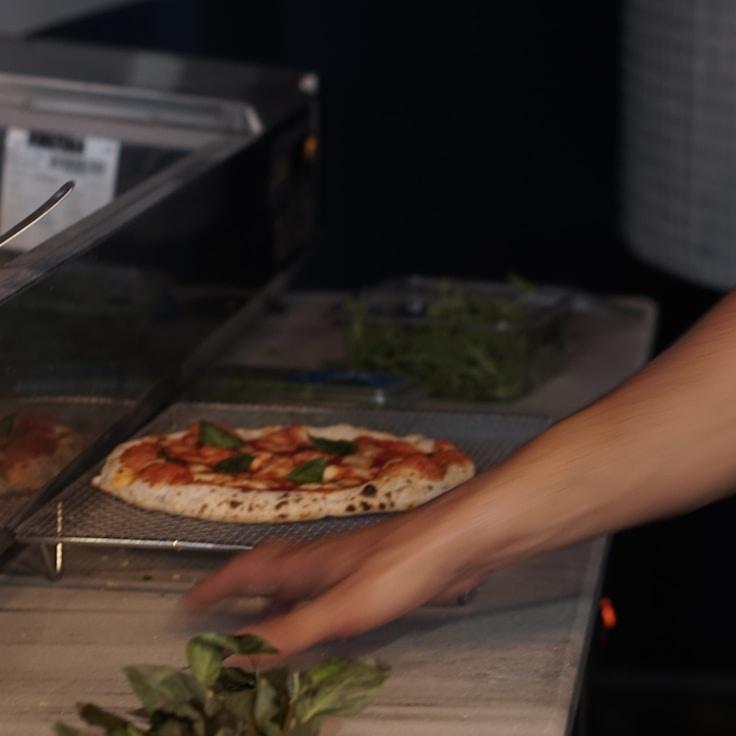Here at ExploringCultureWorld, we're staunch believers that a spectacular pizza is only as good as its dough. With over thirty years dedicated to refining our method, we're thrilled to divulge some key insights. While our precise recipe is a closely-guarded legacy, these essential guidelines will set you on the path to making superior pizza dough within the confines of your own kitchen.
Choosing the Right Flour
The cornerstone of a stellar pizza dough lies in choosing premium flour. Our preference leans towards 00 flour, which is a finely milled Italian variant with a moderate protein level, approximately 12%. This ensures a dough that strikes a delicate balance between elasticity and softness. If 00 flour is unavailable, a satisfactory alternative would be bread flour, although it will yield a marginally different feel.
The Role of Water: Temperature and Hydration
The water's temperature is pivotal in managing the dough's fermentation time and consistency. Opt for cold water at about 45°F (7°C) to encourage slow fermentation conducive to enhanced taste, or lukewarm water around 85°F (29°C) to accelerate the fermentation process. Moreover, aim for a hydration level from 60 to 70%, considering the capacity of typical household ovens.
Yeast and the Fermentation Process
A less-is-more approach with yeast can lead to a more flavorful dough. By utilizing a mere 0.2% of fresh yeast in proportion to our flour and letting the dough ferment for 24 to 48 hours, we allow complex tastes to develop, resulting in a dough that's not only flavorsome but also easier to digest.
Salt's Functional Importance
Salt contributes substantially more than just taste—it fortifies the gluten framework and regulates the fermentation pace. Our guideline is to incorporate fine sea salt comprising about 2.5-3% of the flour weight, introduced once the flour and water commence mixing, thus averting any direct interaction with the yeast.
The Science of Fermentation
Post-mixing, give your dough a general fermentation at ambient temperature for a couple of hours, then portion it into individual balls. Store these balls in sealed containers and refrigerate them from 24 to 72 hours. It's during this cold fermentation period that the dough undergoes its transformation, as enzymes disassemble starches into sugars, augmenting flavor and facilitating that appetizing browning unique to our crusts.
Gentle Dough Handling
When preparing to bake, take out the dough from the cold storage 1-2 hours beforehand to let it come to temperature. Handle the dough with delicacy to maintain the air pockets that have formed. Instead of rolling it out, gently press and stretch the dough using your fingertips.
High Heat: The Crowning Step
Our wood-fired ovens can reach up to 850°F (454°C), a feat not feasible for typical home ovens that top out near 550°F (288°C). To compensate, use a preheated pizza stone or steel, which should be warmed up for at least one hour, providing the extreme bottom heat necessary for that crisp exterior and fluffy interior.
The craft of perfecting pizza dough is an ever-evolving adventure. Each preparation brings new insights into the nuances of the process. We urge you to make notes, tweak variables, and unearth the optimal approach for your particular kitchen environment.
Keen on observing our dough preparation firsthand? Participate in our monthly pizza workshops where Chef Julian demonstrates these tactics in great detail. Peruse our events calendar for forthcoming sessions!

